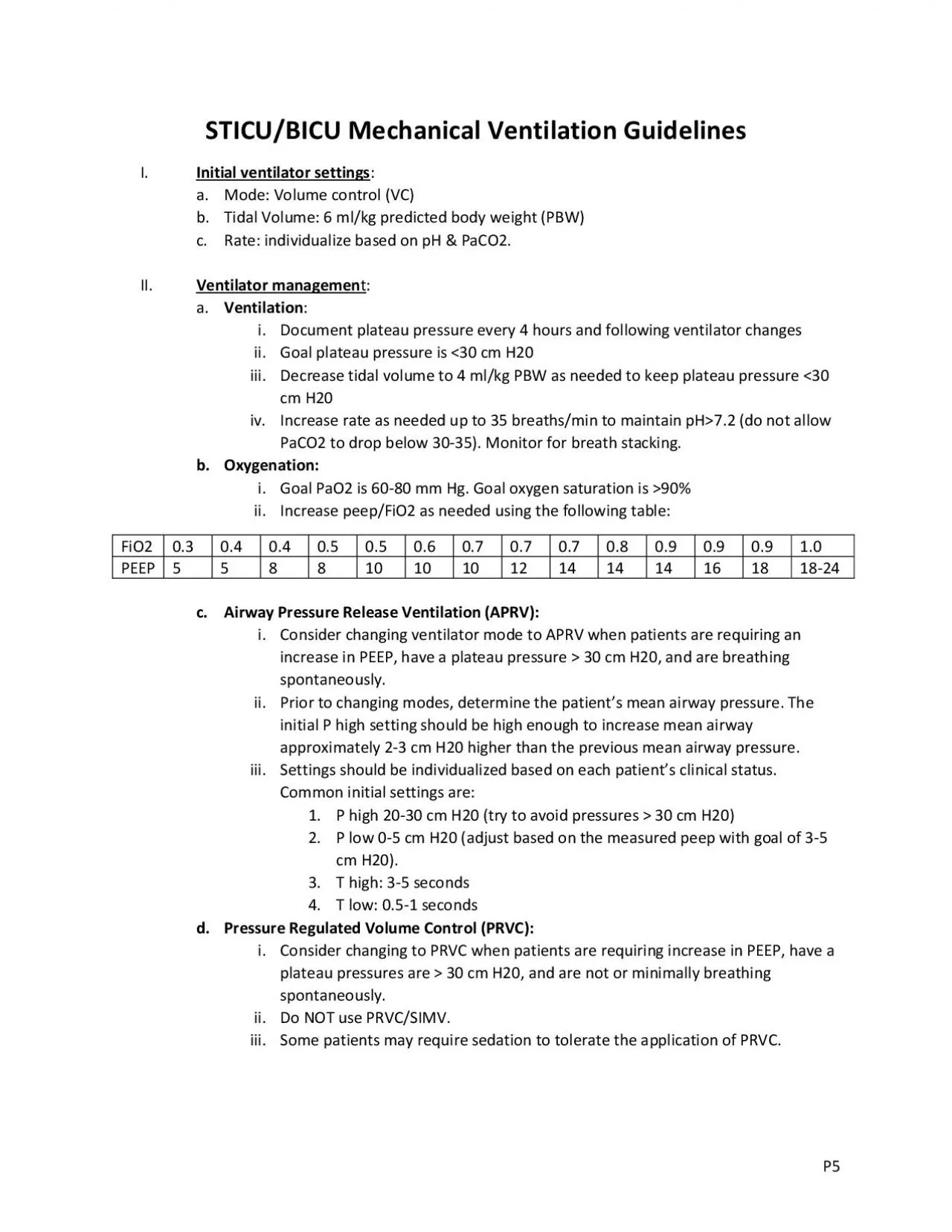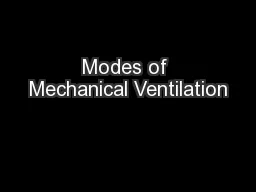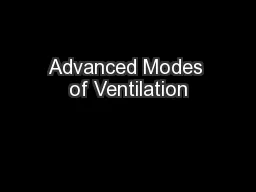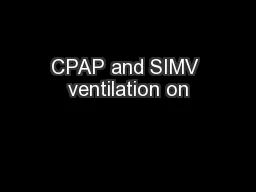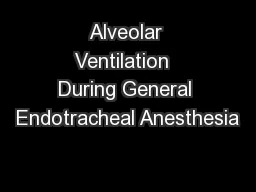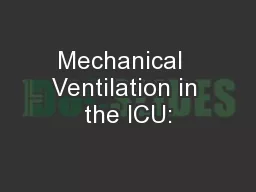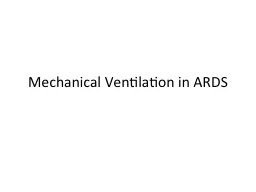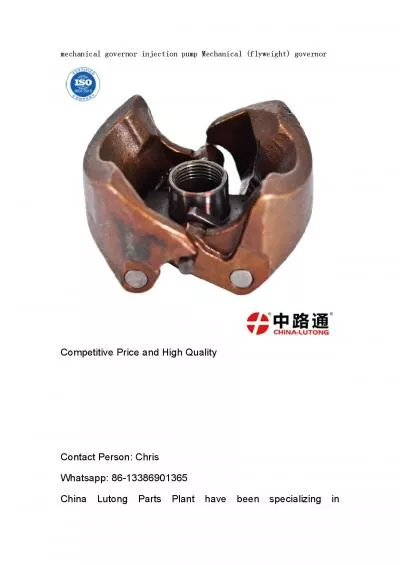PDF-Mechanical Ventilation Guidelines
Author : margaret | Published Date : 2020-11-24
P5 STICU BICU I Initial ventilator settings a Mode Volume control VC b Tidal Volume 6 mlkg predicted body weight PBW c Rate individualize based on pH PaCO2 II Ventilator
Presentation Embed Code
Download Presentation
Download Presentation The PPT/PDF document "Mechanical Ventilation Guidelines" is the property of its rightful owner. Permission is granted to download and print the materials on this website for personal, non-commercial use only, and to display it on your personal computer provided you do not modify the materials and that you retain all copyright notices contained in the materials. By downloading content from our website, you accept the terms of this agreement.
Mechanical Ventilation Guidelines: Transcript
Download Rules Of Document
"Mechanical Ventilation Guidelines"The content belongs to its owner. You may download and print it for personal use, without modification, and keep all copyright notices. By downloading, you agree to these terms.
Related Documents

